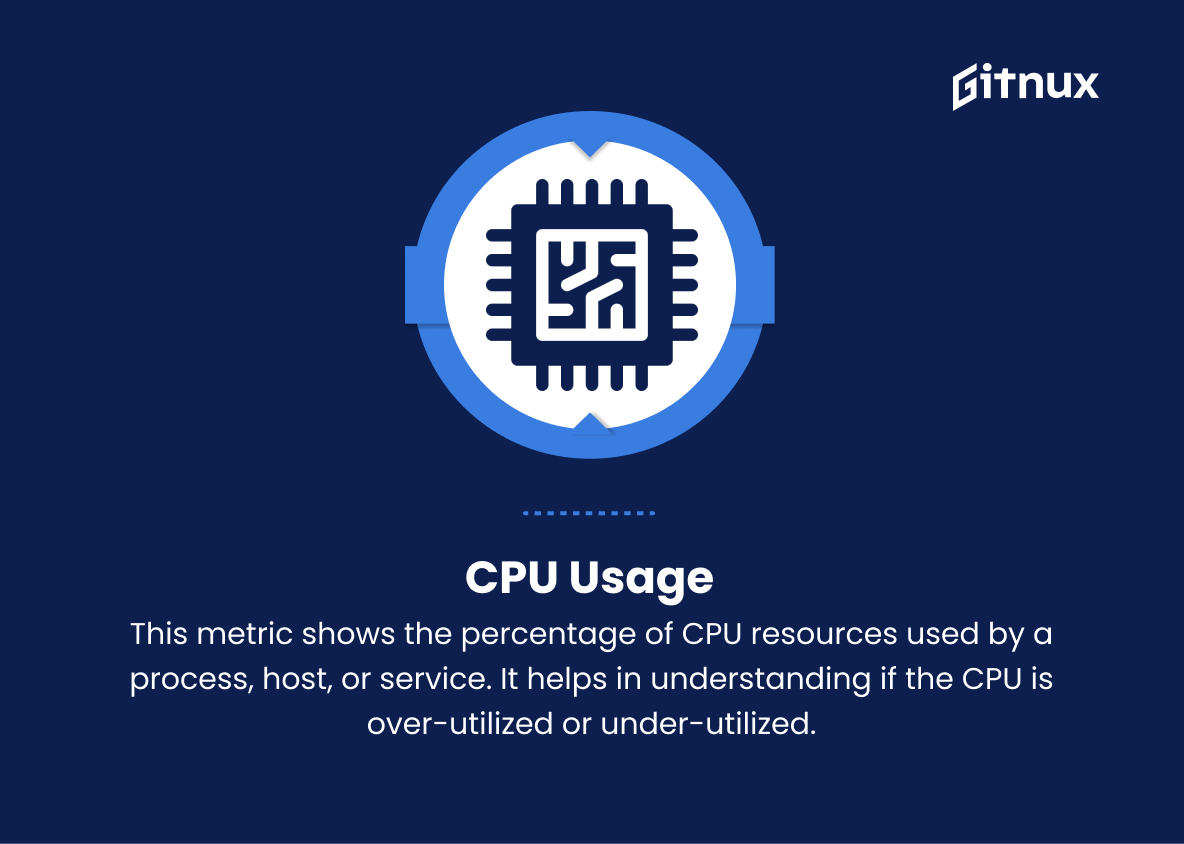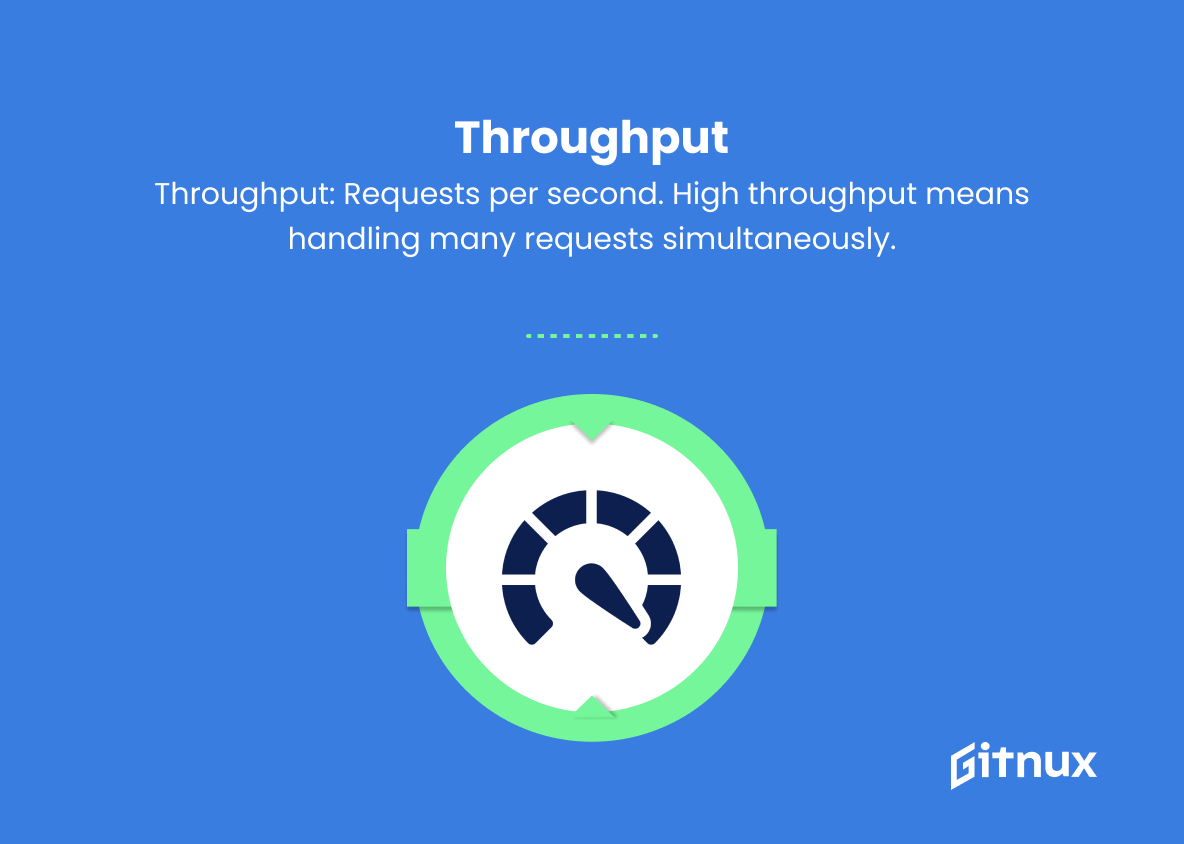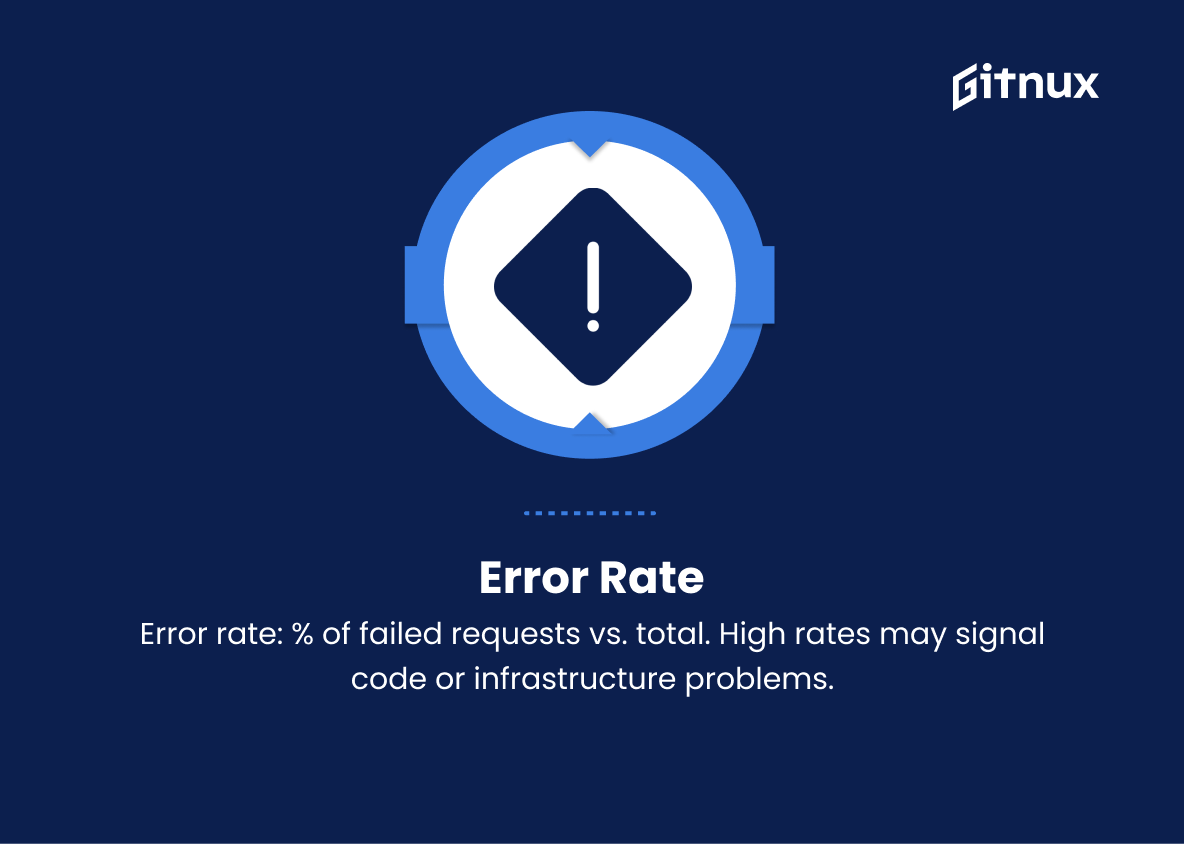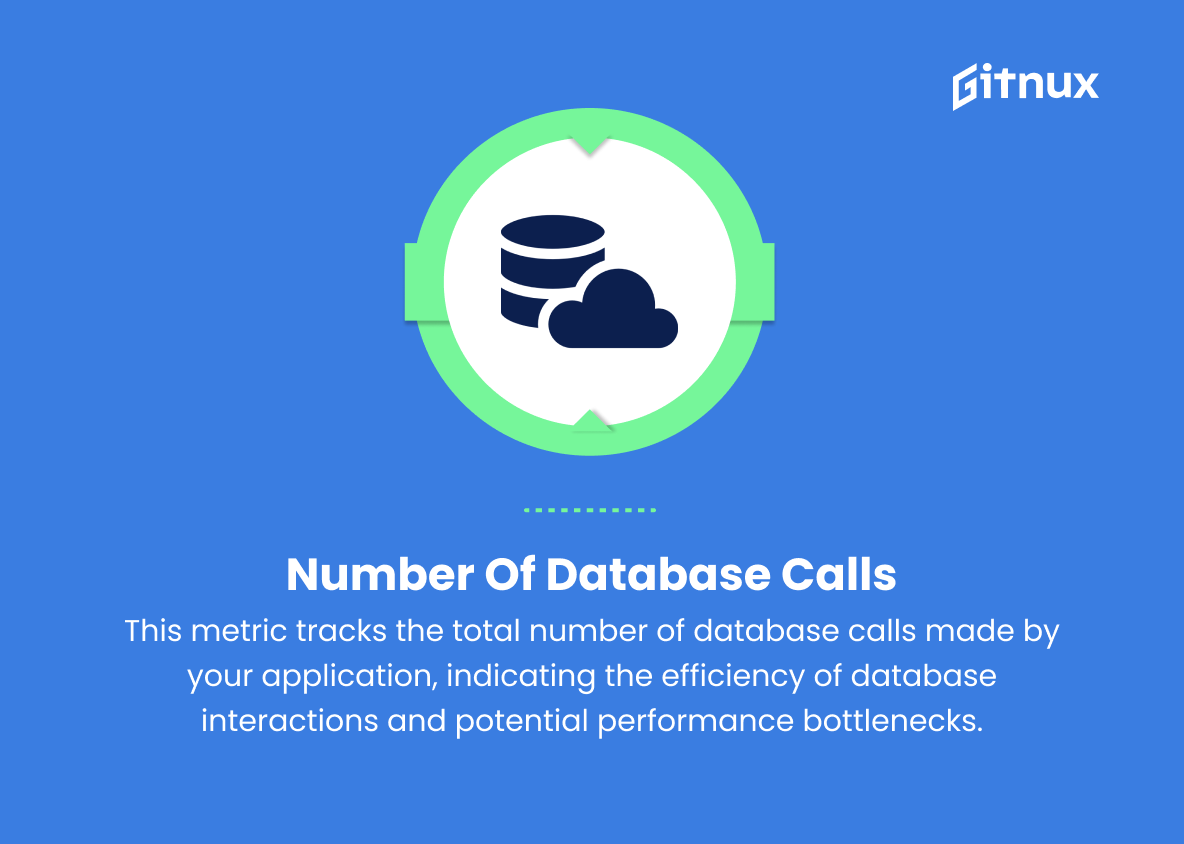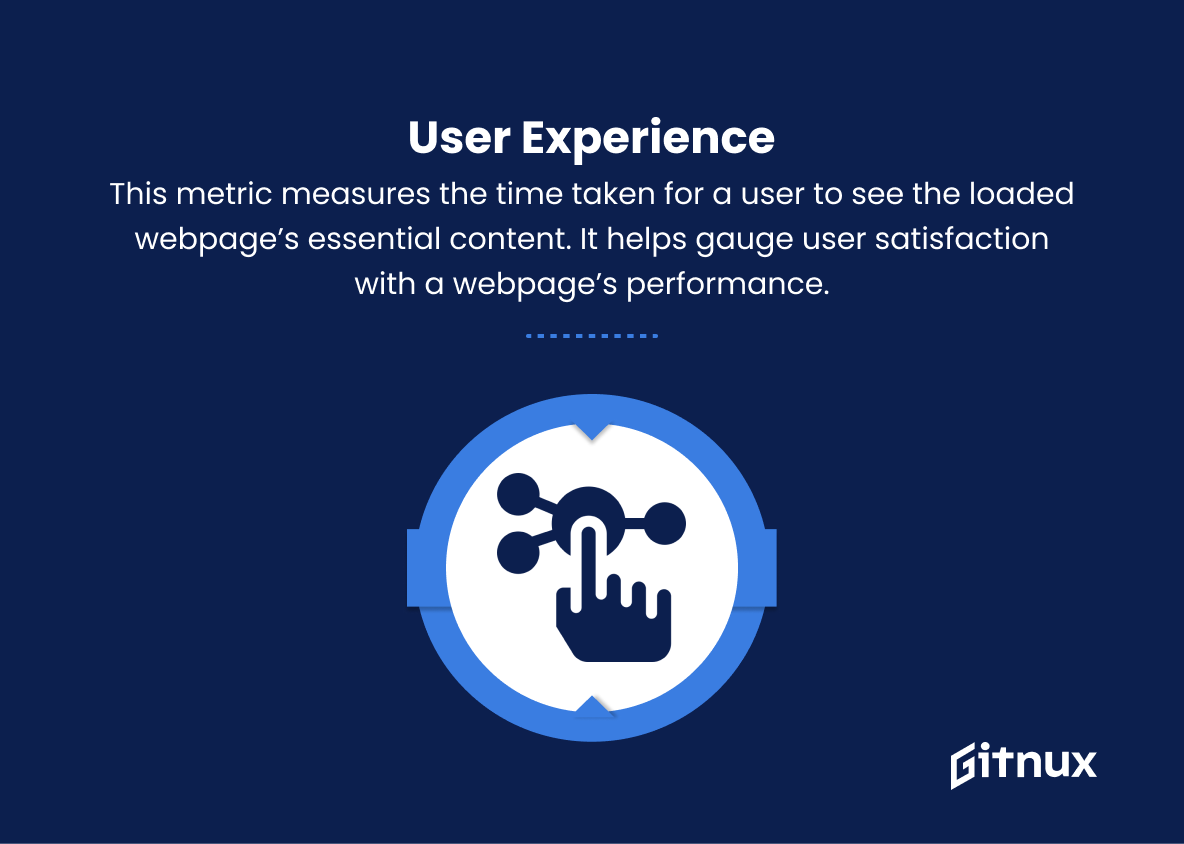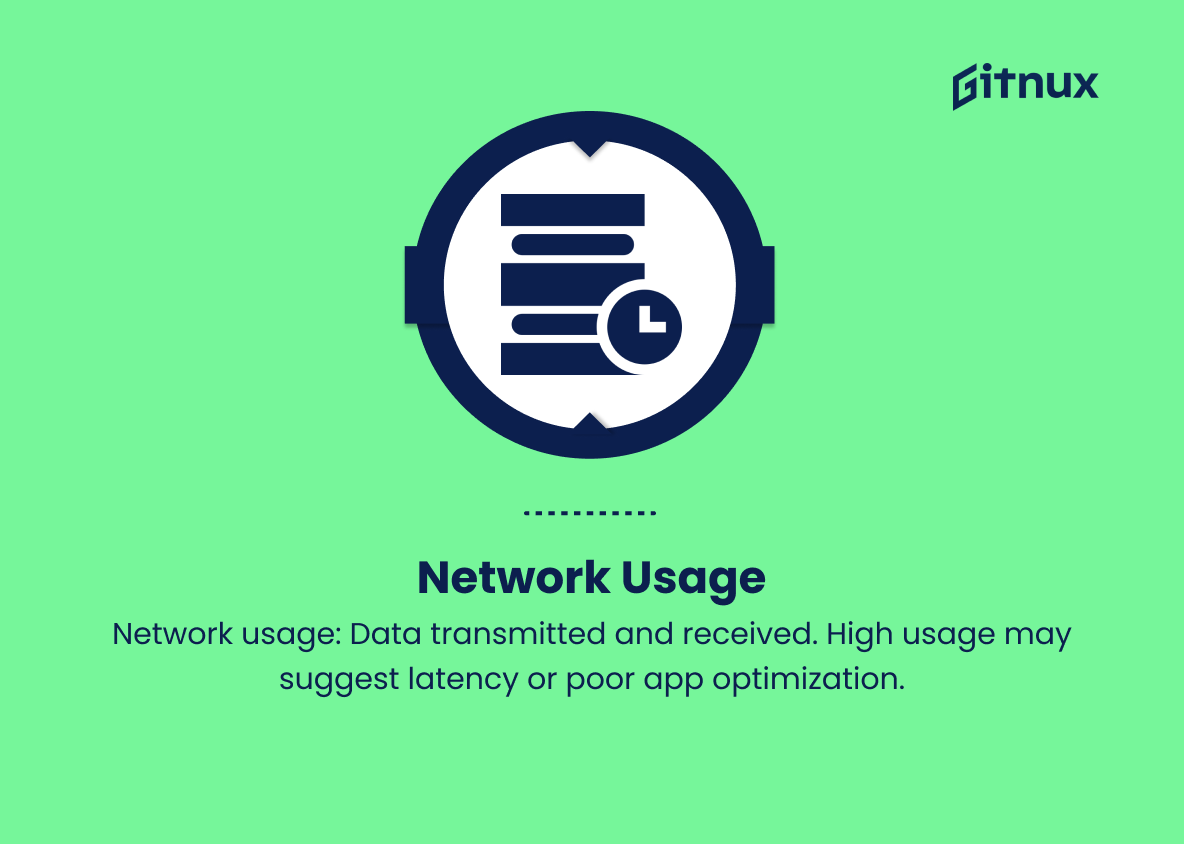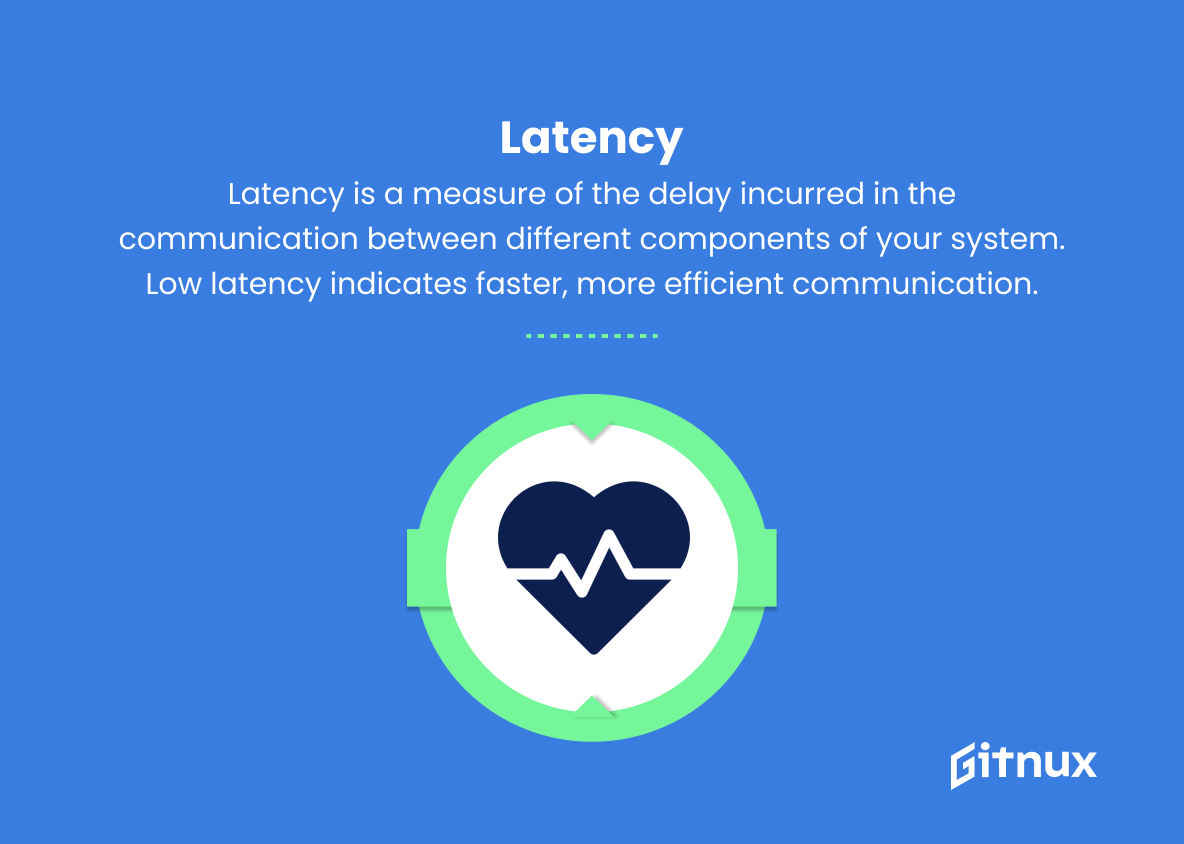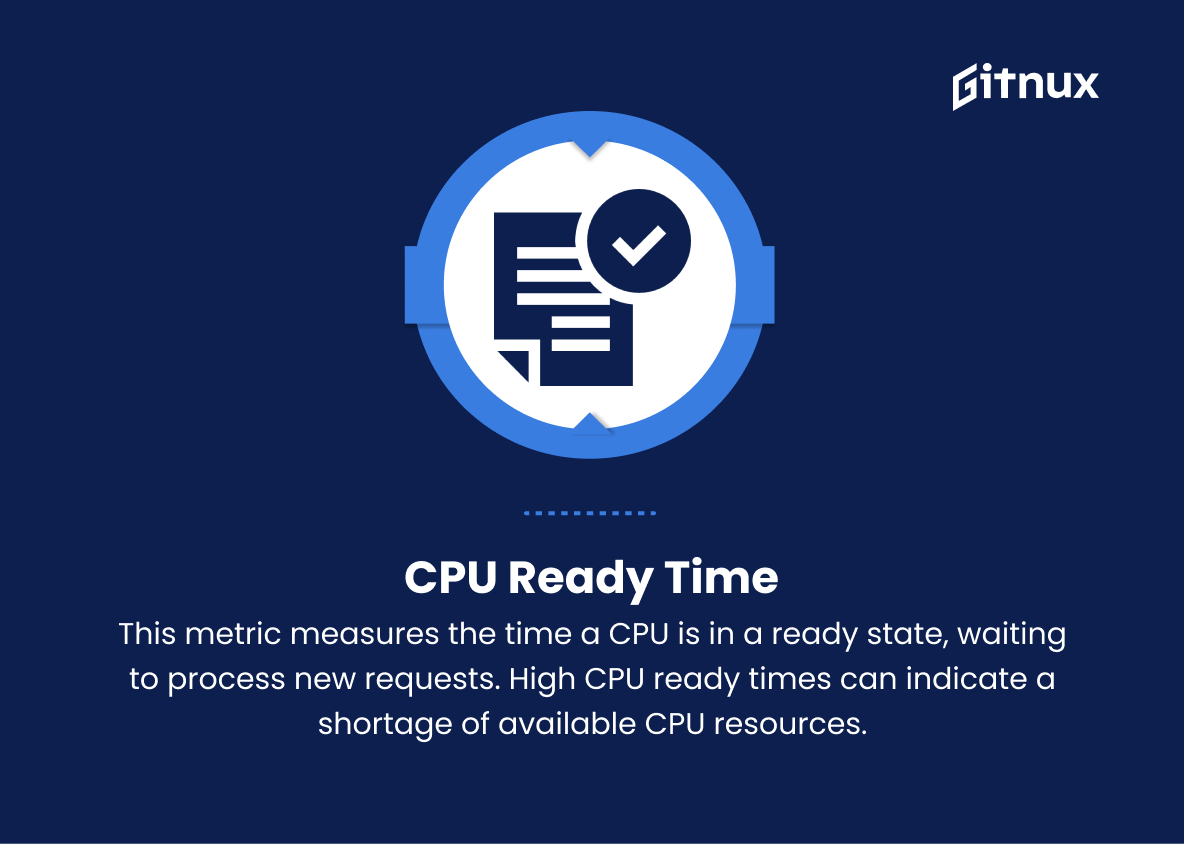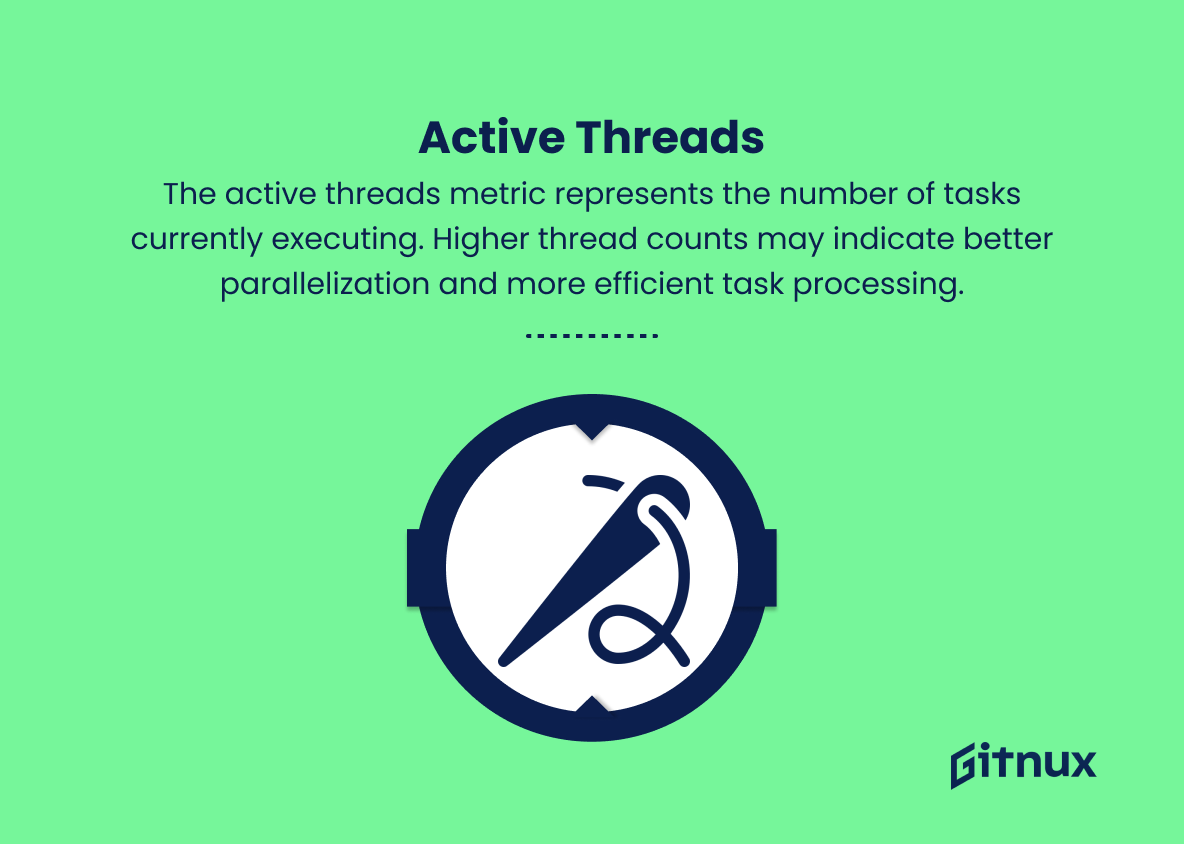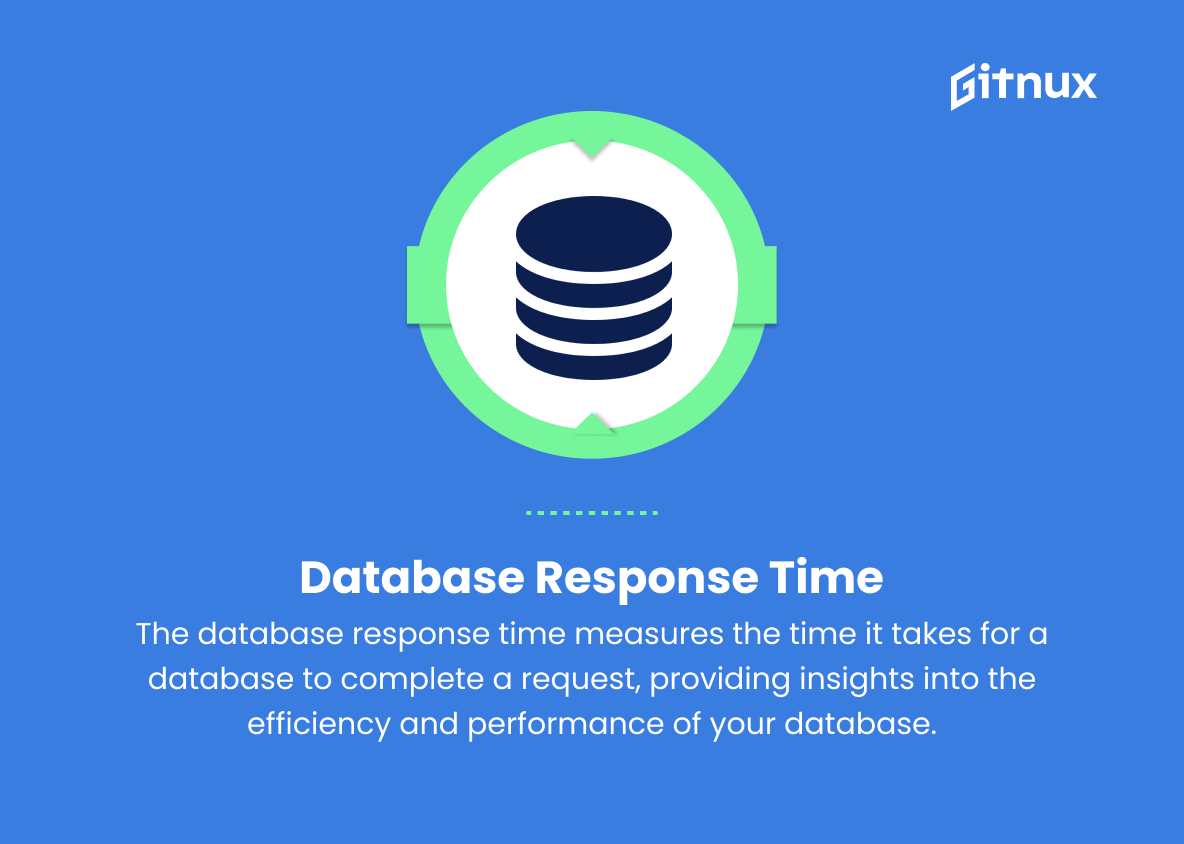In today’s digital landscape, reliable metrics are essential for monitoring and analyzing performance data. Dynatrace is a powerful monitoring tool for application performance. This post explores its capabilities, benefits, and how it optimizes applications and business processes. Let’s journey towards a better understanding of Dynatrace Metrics and how to fully leverage its technology.
Dynatrace Metrics You Should Know
1. CPU Usage (%)
This metric shows the percentage of CPU resources used by a process, host, or service. It helps in understanding if the CPU is over-utilized or under-utilized.
2. Memory Usage (%)
This metric represents the percentage of overall memory used on a host or by a process. It helps in identifying memory leaks, bottlenecks, and areas for optimization.
3. Disk Space Used (%)
This metric measures the percentage of disk space used versus the available space. It is crucial for maintaining optimal system performance and avoiding downtime due to lack of storage.
4. Response Time (ms)
This metric captures the amount of time taken for an application to respond to a user’s request. Lower response times indicate better application performance.
5. Apdex Score
The application performance index represents user satisfaction with an application’s response time. A higher score indicates better user experience.
6. Throughput (Requests/Second)
This metric denotes the number of requests an application can handle per second. High throughput indicates that the application can handle a large number of requests simultaneously.
7. Error Rate (%)
The error rate metric shows the percentage of failed requests or transactions compared to the total requests. Higher error rates may indicate problems in application code or infrastructure issues.
8. Garbage Collection Time (ms)
This metric measures the time taken by the JVM (Java Virtual Machine) to clean up unused memory. Long garbage collection times could lead to reduced application performance.
9. Number of Database Calls
This metric tracks the total number of database calls made by your application, indicating the efficiency of database interactions and potential performance bottlenecks.
10. User Experience (Visually complete)
This metric measures the time taken for a user to see the loaded webpage’s essential content. It helps gauge user satisfaction with a webpage’s performance.
11. Network Usage
The network usage metric measures the amount of data transmitted and received by an application or host. High network usage may signify network latency issues or poor application optimization.
12. Latency (ms)
Latency is a measure of the delay incurred in the communication between different components of your system. Low latency indicates faster, more efficient communication.
13. CPU Ready Time (ms)
This metric measures the time a CPU is in a ready state, waiting to process new requests. High CPU ready times can indicate a shortage of available CPU resources.
14. Active Threads
The active threads metric represents the number of tasks currently executing. Higher thread counts may indicate better parallelization and more efficient task processing.
15. Database Response Time (ms)
The database response time measures the time it takes for a database to complete a request, providing insights into the efficiency and performance of your database.
Dynatrace Metrics Explained
Dynatrace Metrics assess application, host, and service performance. CPU and Memory Usage detect leaks/bottlenecks. Disk Space Used maintains optimal performance. Response Time and Apdex Score assess user experience. Throughput and Error Rate show reliability. Metrics like Garbage Collection Time, Database Calls, User Experience, and Network Usage provide insights on memory, database, user satisfaction, and communication. Latency, CPU Ready Time, Active Threads, and Database Response Time offer resource, parallelization, and database insights. Using these metrics optimizes applications and infrastructure for better user experience.
Conclusion
Dynatrace Metrics provides invaluable insights, monitoring, and optimization for digital ecosystems. Its holistic view enables proactive issue resolution and enhances user satisfaction and business efficiency. Embracing technologies like Dynatrace Metrics is essential to maintain a competitive edge in the digital age. Invest in it today for transformative impact on digital success.
